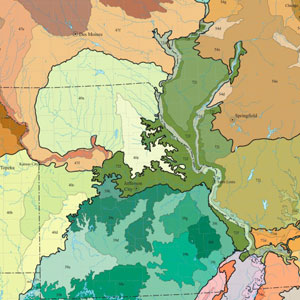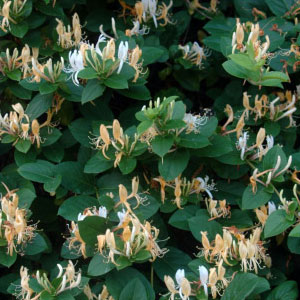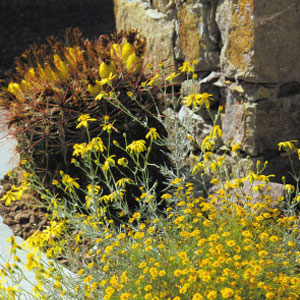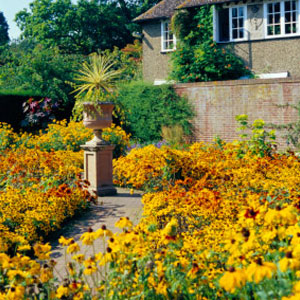


Avoid Invasive Species
Avoid Invasive Species Plants and the many environmental and human health benefits they provide are key elements of a sustainable landscape. However, it is important to note that some plants can also cause significant economic and environmental damage. An invasive...
Use Native and Adapted Plants
Use Native and Adapted Plants Native plants are defined as the species that exist in a region without human introduction. About 20,000 plant species are native to the United States, growing in an amazing range of habitats from the tropical rain forests of Hawaii to...
Select the Right Plants
Select the Right Plants When selecting vegetation for a sustainable garden, work with nature and choose plants adapted to the conditions of the site. These plants will minimize the need for fertilizers, pesticides and irrigation and reduce the chance of failure and...
Use Integrated Pest Management
Use Integrated Pest Management Integrated pest management, or IPM, is another commonsense approach to pest control that includes many of the techniques used by organic gardeners but does not rule out the use of synthetic pesticides as a last resort. Although it was...

